Beijing — China staged its most extensive military parade in decades to mark the 80th anniversary of Japan’s surrender in World War II. The event, held in the heart of the capital, was more than a commemoration of history; it was a bold demonstration of military strength and a clear signal of the deepening ties among China, Russia, and North Korea.
A Grand Display of Power
Tens of thousands of soldiers marched in strict formation as the world watched China unveil its latest weapons, from hypersonic missiles and drone swarms to nuclear-capable systems and stealth aircraft. Submersible drones and laser-based arms were also showcased, underscoring Beijing’s rapid advancements in military technology. The sheer scale of the parade underscored China’s ambition to position itself as a global power able to compete with, and counter, the United States.
Leaders United on the World Stage
President Xi Jinping stood alongside Russian President Vladimir Putin and North Korean leader Kim Jong Un—an unprecedented display of solidarity. It was Kim’s first appearance at such an event, signaling his growing role in regional and global politics. The three leaders projected unity as they emphasized the importance of cooperation in resisting what they described as “hegemonism” and one-sided global dominance.
A Strategic Partnership
China and Russia have cultivated a “no limits” partnership in recent years. Beijing has become a vital economic lifeline for Moscow, purchasing discounted energy and supplying critical technologies that help Russia withstand Western sanctions. North Korea’s inclusion in this alliance further complicates global security dynamics, as both Beijing and Moscow appear increasingly willing to shield Pyongyang from international isolation.
Countering Western Influence
The timing of the parade carried political weight. Only days earlier, Xi spoke at a regional security summit about building a fairer and more balanced world order. His remarks echoed through the spectacle in Beijing, with Putin and Kim symbolically standing at his side. Together, the trio presented themselves as challengers to U.S. influence and the Western-led system of global governance.
The Global Implications
For China, the parade reaffirmed its role as the central figure in this new axis of cooperation. For Russia, it highlighted international backing at a time of prolonged conflict in Ukraine. For North Korea, it marked an opportunity to step further out of isolation while gaining legitimacy through high-profile partnerships.
While Western observers see the alliance as a direct challenge to the current world order, supporters argue it reflects a push for multipolarity—where power is shared among several global players rather than concentrated in Washington and its allies.
Looking Ahead
The Beijing parade was more than a ceremonial event. It was a calculated message: China, Russia, and North Korea are aligning their interests more closely than ever before. This show of unity not only reshapes regional dynamics in Asia but also signals a potential shift in the balance of global power.

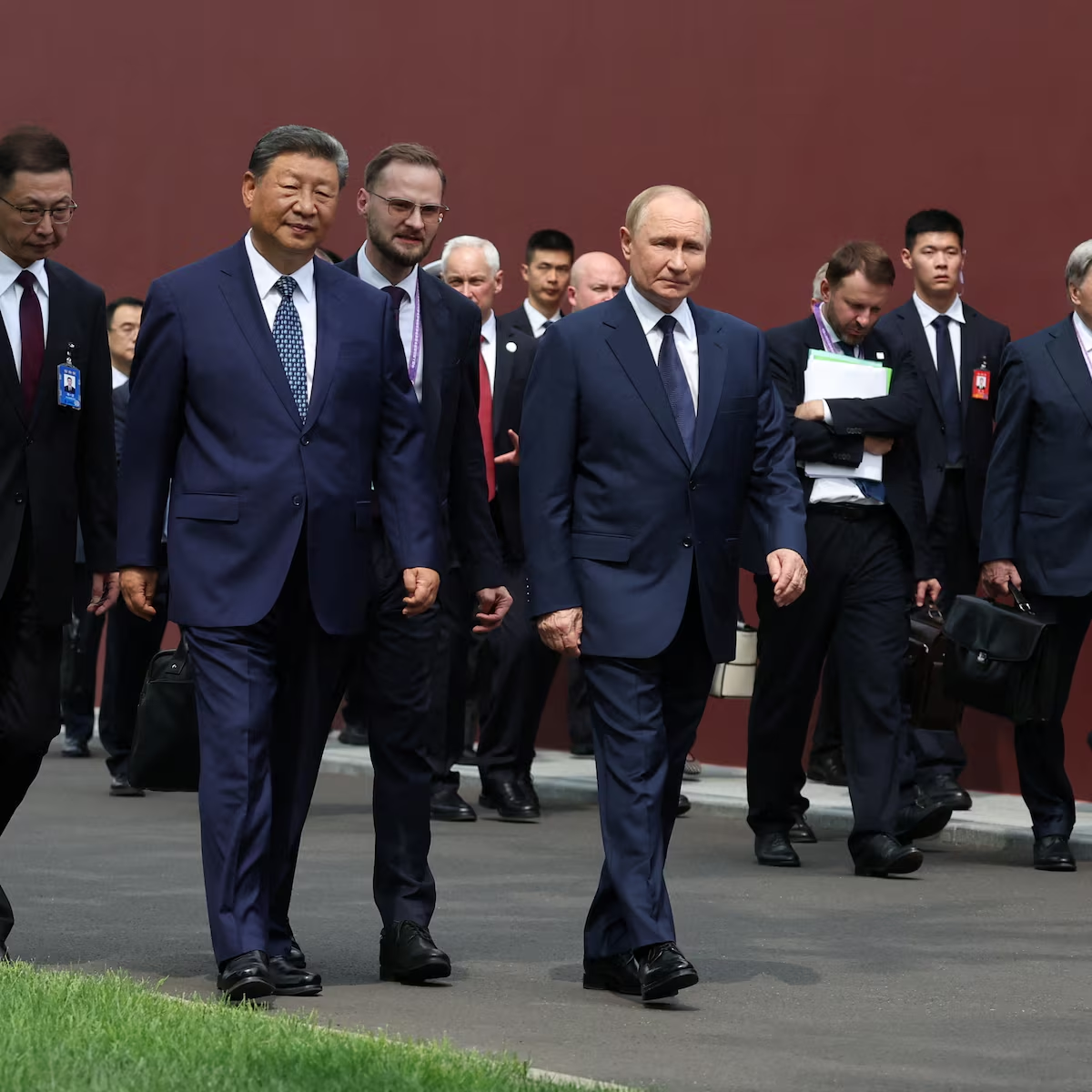
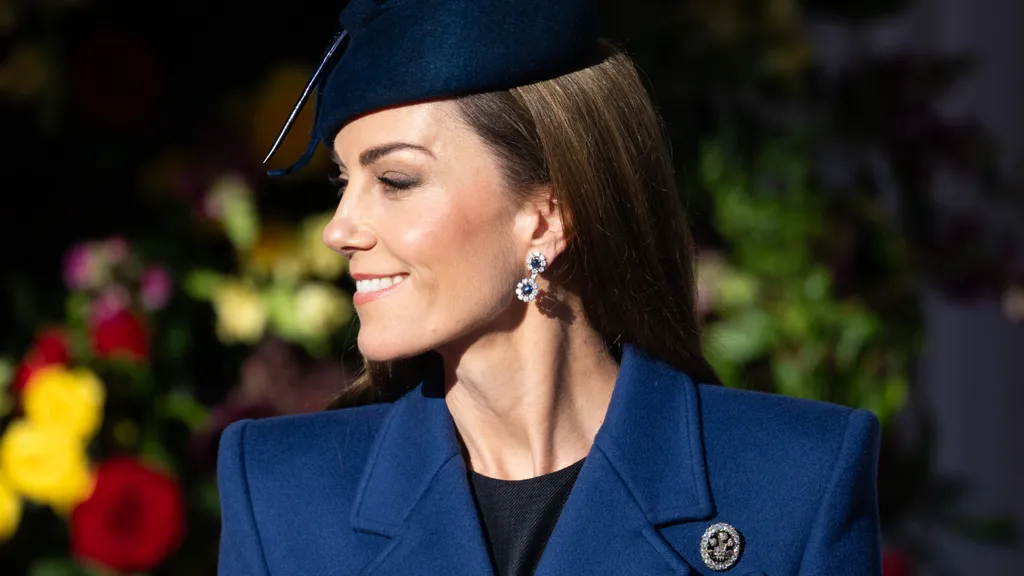
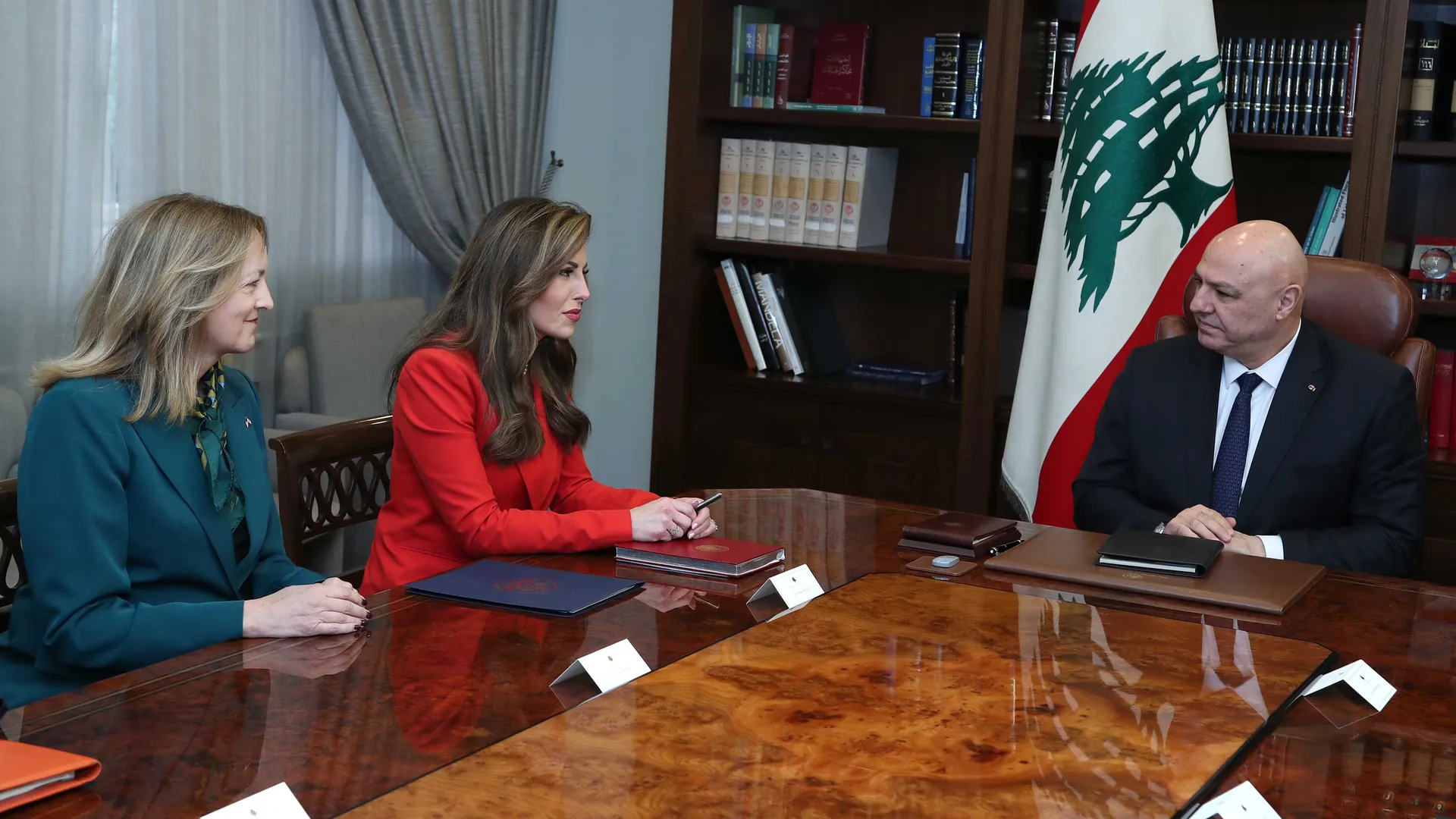

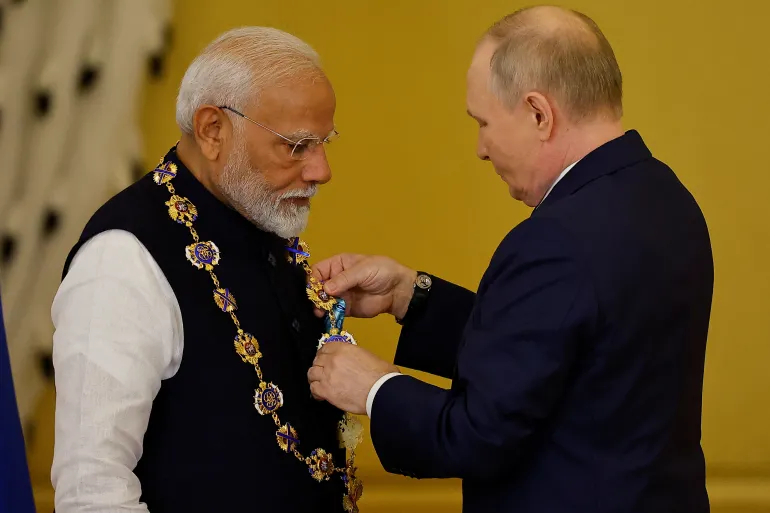

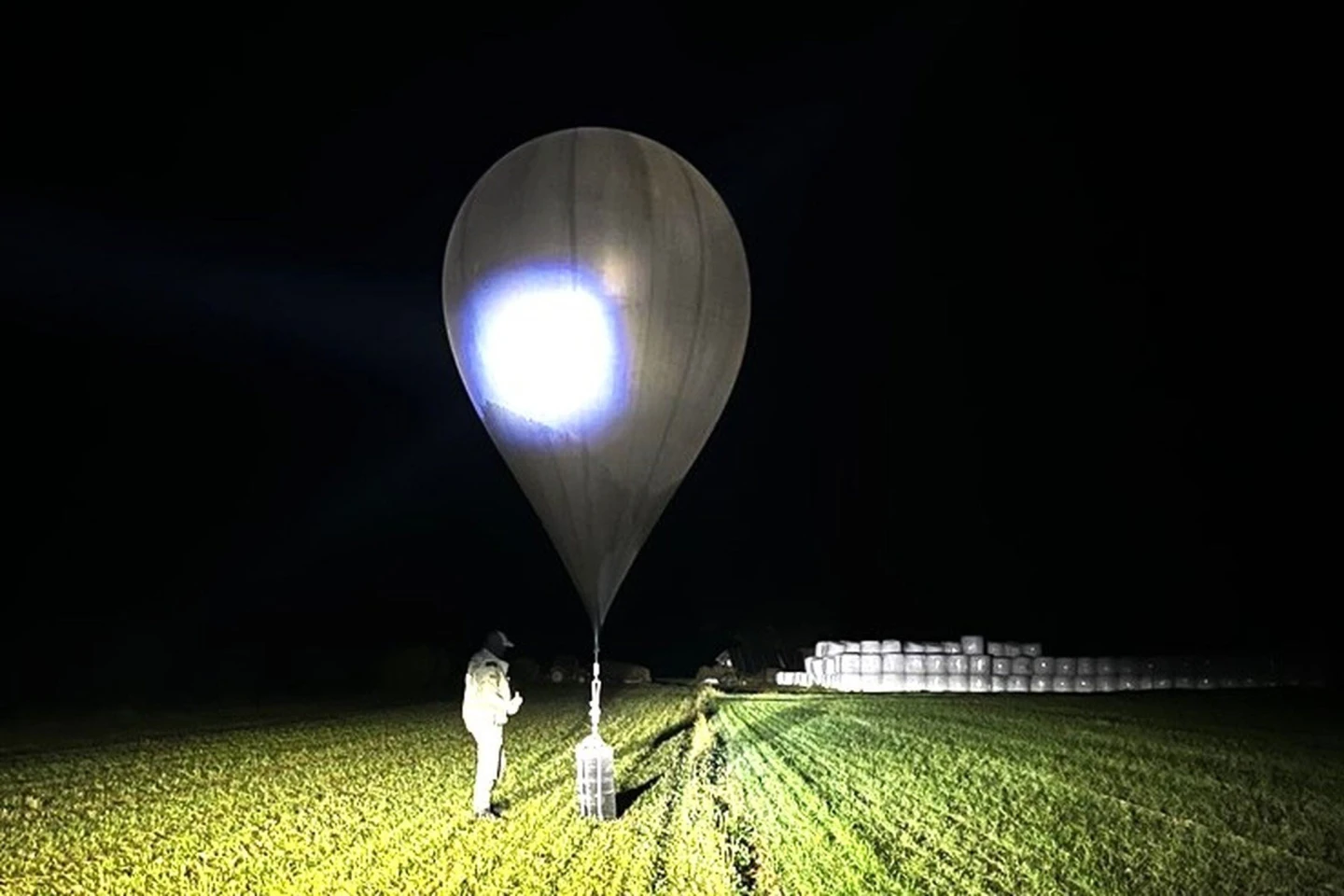
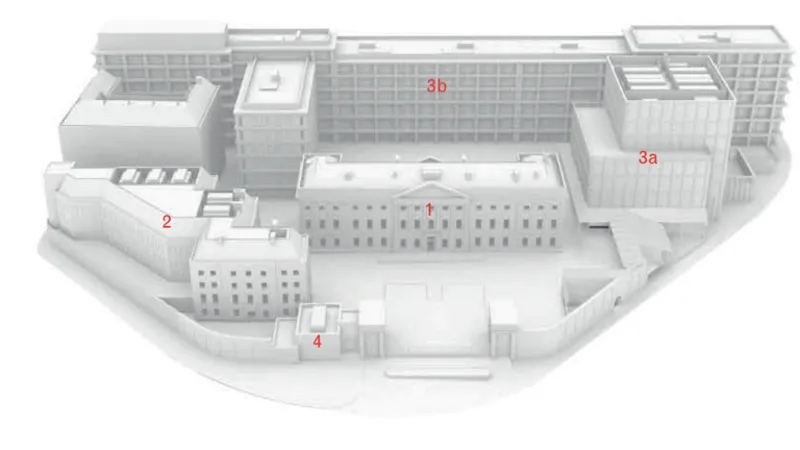


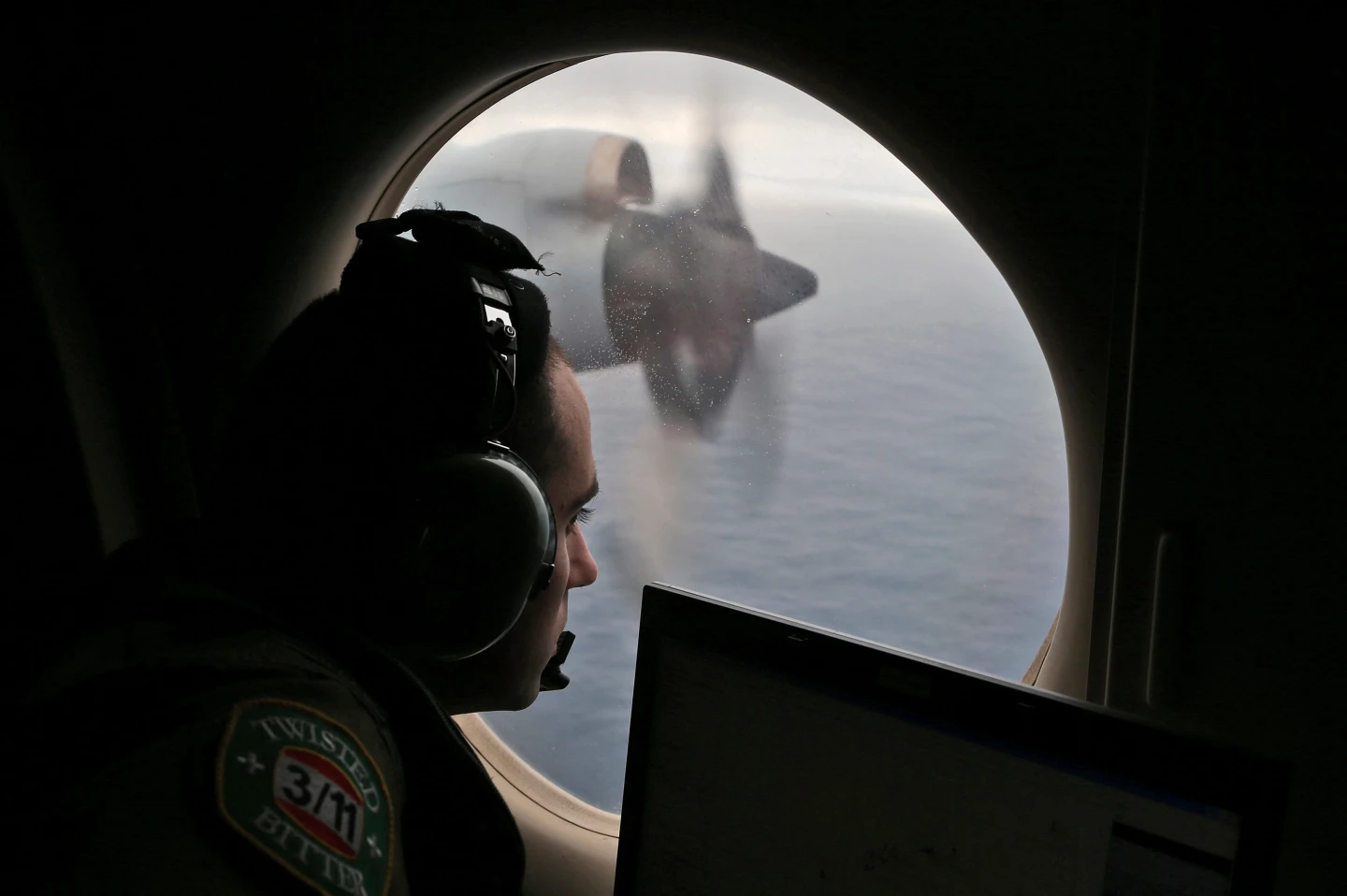
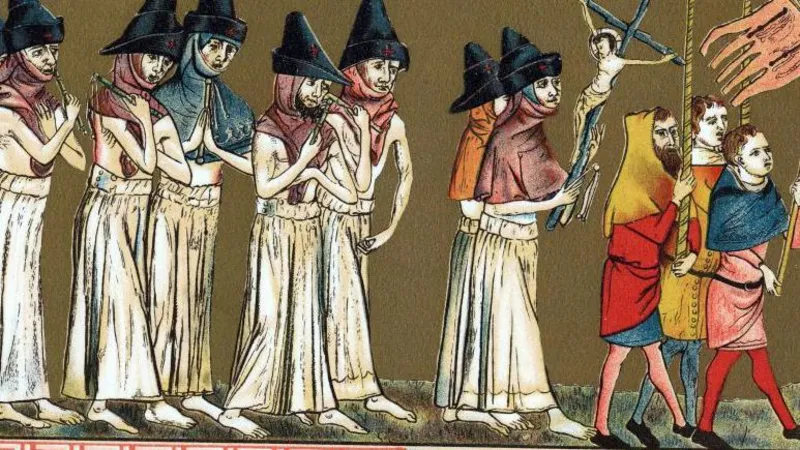



Leave a Reply